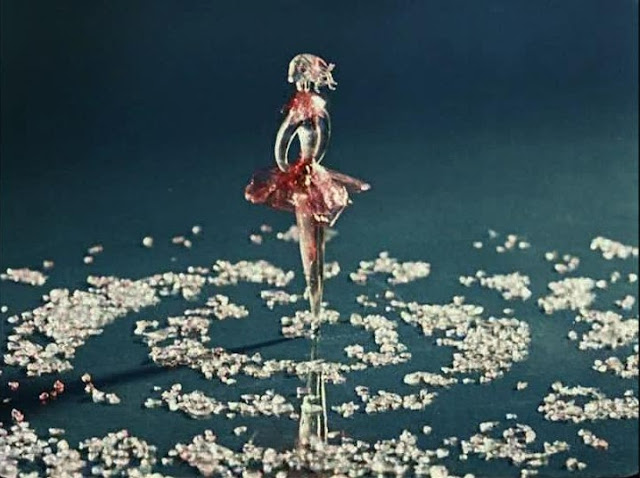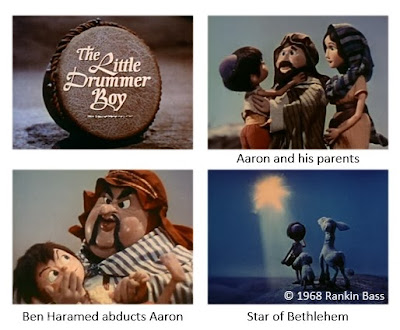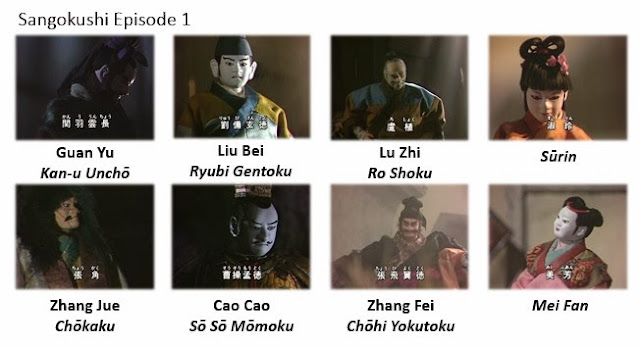The first day of Hiroshima Animation Season 2022 was the easiest for me to negotiate because there were fewer scheduling conflicts than on other days. While on one hand it is wonderful for an animation festival to be jam-packed with excellent films and events, on the other hand it forces hardcore animation devotees like myself to make difficult screening choices.
As with the original Hiroshima International Animation Festival, the central venue was JMS Aster Plaza with its two large concert halls and community spaces. The new festival opened up screening venues to include local businesses and institutions such as the Hiroshima City Cinematographic and Audio-Visual Library, Yokogawa Cinema, and Salon Cinema. I had hoped to be able to squeeze in seeing some of the anime classics on the big screen such as The Little Prince and the Eight-Headed Dragon (わんぱく王子の大蛇退治, 1963) and The White Snake Enchantress (白蛇伝, 1958), but it was simply impossible. Even though I was unable to partake in these offsite screenings, I feel that it was a good idea to include local businesses. These screenings were more likely than the central venue to draw in local crowds and engaging with the local community is an important part of any festival. From what I understand, many of these events were well-attended, which bodes well for future collaborations with local establishments.
The first thing I noticed on Day 1 was that instead of stalls run by animators and artists from elsewhere in Japan, all of the vendors were local businesses selling their crafts and other wares. One really big problem for the festival is that the JMS Aster is not close to many restaurants and the one in-house restaurant takes its Obon summer holiday during the festival. It was great to see stalls selling coffee, baked goods, and even fresh hamburgers, so that we could grab a quick bite between screenings.
I began the festival with one of the Hiroshima Animation Season Classics screenings: Karel ZEMAN’s Inspirace (水玉の幻想, 1949) and Invention for Destruction (CZ: Vynález zkázy / JP: 悪魔の発明, 1958). Inspirace had no dialogue and needed no subtitles and Invention for Destruction was shown with Japanese subtitles only. There were several screenings without English subtitles that offered a “whispering” where one could sit in a section of the theatre where an interpreter would live “whisper” the proceedings in English to those who could not understand the Japanese. As someone with sensitive hearing, I found this really obnoxious. Even though I sat far from the whispering section, I could still hear the whispering and it felt like someone was rudely talking during the screenings and events where it was happening. I don’t understand Czech and I can’t read Japanese quickly enough for the subs, but as I was familiar with the film, and I just focussed on enjoying the animation on the big screen. Zeman’s films may be more than 60 years old now but they have not lost their ability to inspire wonder at their technical brilliance.
After briefly considering hopping on a streetcar to the Cinematography Library to see The Little Prince and the Eight-Headed Dragon, I decided to listen to my stomach instead and headed to the legendary local restaurant Otis! with its delicious Tex-Mex and vegetarian dishes. The walls are filled with the signatures and drawings of animation guests past as the venue opened in 1987 and is an easy walk from the JMS Aster. I was delighted to find the interior and the hosts unchanged from my last visit in 2014, and I found fellow animation researchers Jason Cody Douglass (Yale) and Chris Taylor (John Hopkins) at a table inside. We discussed our viewing plans for the festival and just as I was about to pay my tab, I heard my name spoken behind me by the stop motion animator Masaaki MORI (森まさあき).
I first discovered Mori’s work when he participated in the Kihachirō KAWAMOTO omnibus work Winter Days (冬の日, 2003) with his delightful clay pig figures. Mori retired from Tokyo Zokei University last year and I went to see his retirement exhibition on the Zokei campus (see the above instagram post). Since joining JAA late last year, I have encountered Mori often and we seem well on our way to becoming fast friends. In Otis!, Mori introduced me to Yoshimi KAKURAI (加倉井芳美) and Masaaki OIKAWA (及川雅昭) , the PR rep and producer for TECARAT studios. Unfortunately, director and stop motion animator Takeshi YASHIRO (八代健志) could not come to Hiroshima due to the production of Hidari – you can follow the exciting progression of this new stop motion animation on Tecarat’s Instagram.
I had not yet met Yashiro, but my Nippon Connection selection for this year featured his Noburō Ōfuji Award-winning short animation Pukkulapottas and Hours in the Forest (プックラポッタと森の時間, 2021) and I had been fascinated by his adaptation of Nakashi NIIMI’s Gon, the Little Fox, which I saw at a stop-motion animation in Kichijoji shortly after I moved back to Japan in 2019.
Even though Yashiro was not at the festival – I was able to meet Gon the fox! Such a beautifully crafted puppet:
After getting to know more about Tecarat Studios, we headed to the Opening Ceremony and Golden Carpstar Award Ceremony, which I will discuss in my next post.
Coming Soon: Hiroshima Animation Season: Day 1 Opening Ceremony
2022 Cathy Munroe Hotes
























